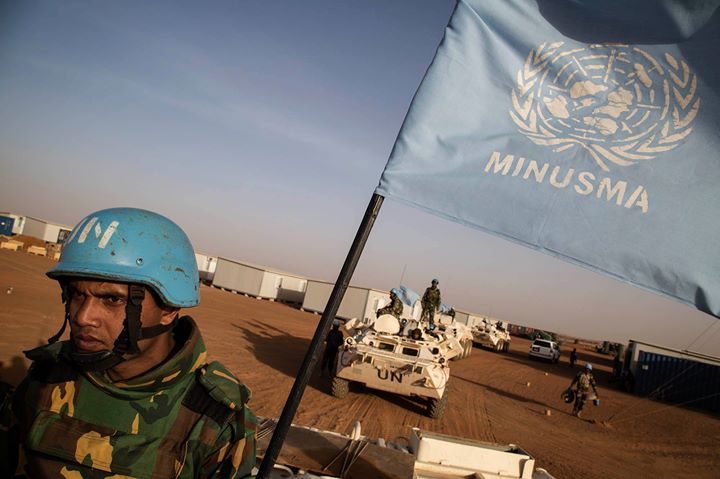Earlier this summer, the prospects for peace in Mali looked bright. After intense negotiations, a peace deal was signed by the major belligerents and it looked as if the three year civil war may be coming to a swift close.
Alas, that no longer seems to the trajectory.
Mali, which has been working to re-establish stability ever since early 2012 when an attempted coup by Tuareg rebels made way to a full blown complex insurgency in the northern part of the country, is still struggling to ensure that the recently signed peace deal actually leads to a pacified situation. With several attacks, killings and fights for control over territory, the long-anticipated peace accord is starting to look superficial.
Most recently, towns in the area of Kidal, in the north, have been the battleground for opposing Coordination of Azawad Movements (CMA) and the Platform Coalition (pro-government forces). In addition, the chronic unrest continues to facilitate jihadist actions – the lack of positive territorial control in the north by the Malian government leaves the door wide open to transnational criminal networks, who benefit from the insecurity. The Malian government seems unable to deal with the current threat posed by the diversity of armed groups active in the region, each with their own claims and objectives. As the CMA – a key signatory of the peace accord representing the Tuareg rebellion – pulled out this week of the peace accord’s monitoring committee, the future of the peace agreement and its implementation hang in the balance.
The event which triggered the CMA’s decision to pull out of the monitoring committee – an essential component of the peace deal’s implementation – was the taking of a strategic northern town, Anefis, by pro-government forces. These forces, which claim to support the territorial integrity of Mali, burgeoned in the last couple of years as competing groups were fighting for control of the north. These “loyalist” forces, however, are not answering to the Malian government. On the contrary, these pro-government fighters are independent from the central government, and are far from guided by policy considerations. The situation in the north is such that any action taken by an armed group will elicit a counter-action by another, making the peace deal very frail indeed.
Meanwhile, international mediators are working over time to figure out how to save the peace agreement. The current proposal from the international mediation is to have pro-government forces leave the town of Anefis immediately, and to hand control over to the UN mission, MINUSMA. This plan is supported by the Malian government and the CMA, but not pro-government forces. What happens next is unclear, but, during this uncertain time, the region is seeing an influx of fighters from other areas to lend support to the CMA, prompting concerns about a further expansion of fighting. Mali’s president, Ibrahim Boubacar Keïta, or IBK, is preparing to travel to Algeria, which has been leading negotiations, to meet with the international mediation group and discuss next steps.
The peace deal in Mali isn’t dead – yet. It’s suffered blows, but there appears to be a commitment to the peace deal and its implementation by key actors. Ultimately, much of the fighting taking place today in Mali, is not directly linked to the CMA or Tuareg claims; instead, it’s the product of years of insecurity which has lead to the proliferation of diverse armed groups, each with their own motivations, and who do not care to submit to the rigors of an international peace deal if it doesn’t benefit them in a direct manner. The peace deal can survive, but it will take perseverance, flexibility and openness from the various actors.
